
Vueron Newsletter
No. 84
2024.01.26
| Hyundai Motor Group subsidiaries join hands to establish future autonomous logistics solution | ||
| Samsung Electro-Mechanics Unveils MLCC Technology for Autonomous Driving Vehicles | ||
| Zongmu Technology Launches the Automatic Driving ‘Power Bank’ | ||
| Autonomous driving firm Aurora lays off 3% staff |
1. Hyundai Motor Group subsidiaries join hands to establish future autonomous logistics solution
-
- 42dot, Hyundai’s autonomous driving subsidiary, partners with Hyundai Glovis and Hyundai Commercial for an autonomous logistics solution.
- 42dot specializes in commercial autonomous vehicles and has demonstrated self-driving taxis and buses.
- South Korea’s logistics industry is valued at $173.2 billion, known for quick parcel delivery services.
- Unmanned logistics centers, like Coupang’s automated facility, can operate 24/7, reducing human stress.
- Cooperation agreement involves 42dot providing autonomous tech, Hyundai Glovis sharing logistics experience, and Hyundai Commercial integrating financial services.
- Goal is a future logistics system handling storage, delivery, and parcel management based on estimated customer demands.
- Autonomous technology will be added later to enhance efficiency.
42dot aims to provide a service satisfying everyone by automating parcel delivery services.
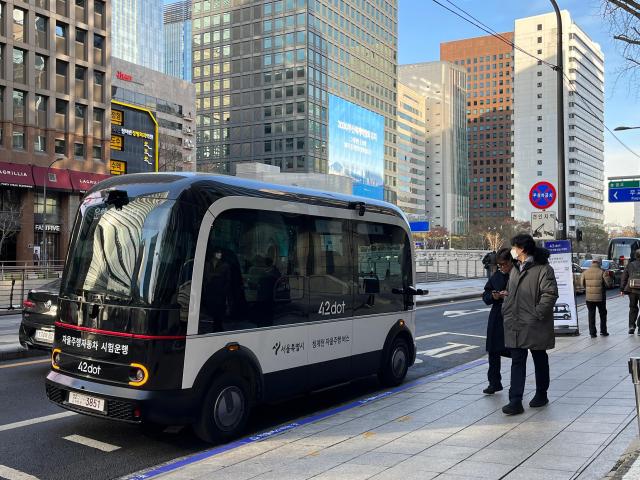
The collaboration reflects a broader industry shift towards autonomous solutions and technology integration for streamlined logistics operations.
2. Samsung Electro-Mechanics Unveils MLCC Technology for Autonomous Driving Vehicles
-
- Samsung Electro-Mechanics has developed high-voltage, high-capacity multi-layer ceramic capacitors (MLCCs) for the Advanced Driver Assist System (ADAS) in autonomous vehicles.
- MLCCs control current flow in electronic circuits and are widely used in various electronic products, including smartphones, PCs, home appliances, automobiles, 5G, and IoT devices.
- The developed MLCCs have 16V high-voltage characteristics and come in two sizes: 0603 (0.6mm wide, 0.3mm long) with 100nF capacitance and 1608 (1.6mm wide, 0.8mm long) with 4.7uF capacitance.
- These MLCCs are used in the Gateway module, a crucial device for autonomous driving, ensuring stable power supply and noise removal for accurate signal transmission between semiconductors.
- MLCCs with ultra-small size, high capacity, and high voltage are essential for advanced autonomous driving, fast EV charging, and increased mileage.
- Samsung Electro-Mechanics achieved high capacity by refining the nanoscale level of the dielectric ceramic powder, a key raw material.
- The company minimized empty spaces within the dielectric using independently developed additives and methods, enabling stable operation even at high voltages.
- Samsung Electro-Mechanics aims to meet the increasing demand for small, high-performance, and reliable MLCCs due to the electrification of automobiles.
- The company plans to strengthen its technological competitiveness by developing and manufacturing core raw materials for MLCCs in-house, expanding its electronics lineup, and enhancing production capacity.
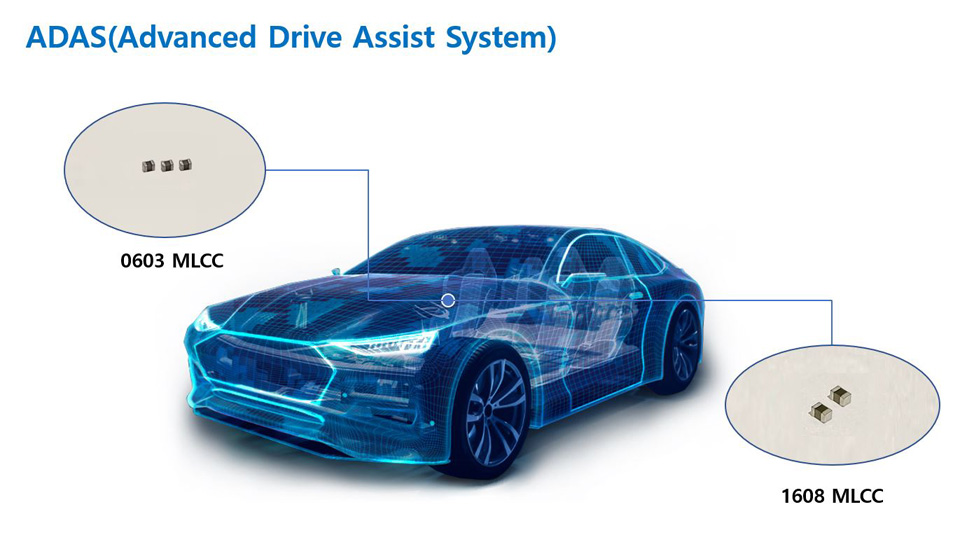
Samsung Electro-Mechanics’ development of high-voltage, high-capacity MLCCs addresses the specific needs of the autonomous driving sector, reflecting the broader trend of technology adaptation in the automotive industry. This development aligns with the industry’s push toward electrification and the integration of sophisticated electronic systems in vehicles.
3. Bosch to Cut 1,200 Jobs in Software Development Division Amid Slow Progress in Automated Driving
-
- Bosch, an automotive supplier, plans to reduce its workforce by 1,200 positions in its software development division by the end of 2026.
- The decision is driven by slower-than-expected progress in the development of fully automated driving technology, leading to 950 job cuts in Germany.
- Factors contributing to the workforce reduction include challenges from a weak economy and elevated inflation, influenced by increased energy and commodity costs.
- Bosch attributes the slowdown in the transition to economic weaknesses and high inflation, acknowledging the impact of external economic factors on the automotive industry’s trajectory.
- The company stated that the challenges are affecting the pace of advancements in automated driving technology.
- Affected employees in the software development division were informed of the plans, initiating discussions with employee representatives.
- The job cuts are part of Bosch’s strategic response to the evolving economic landscape and challenges faced in developing autonomous driving technologies.
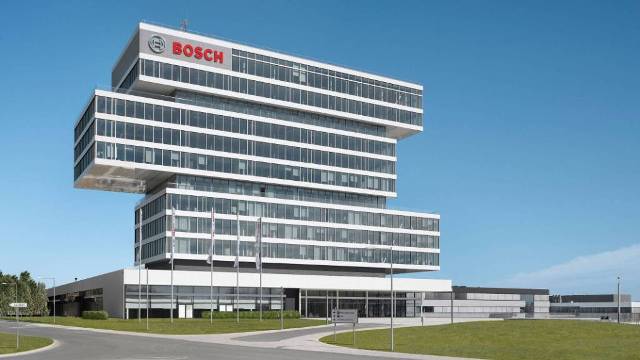
Bosch’s decision to cut jobs in its software development division reflects the challenges faced by the automotive industry, particularly in the development of autonomous driving technology. This move suggests the need for automotive companies to adapt to external economic factors and reassess their strategies in response to evolving market conditions.
4. Zongmu Technology Launches the Automatic Driving ‘Power Bank’
-
- Zongmu Technology CEO Tang Rui announced the launch of Cantron Robotics, a subsidiary, and introduced a new product called FlashBot.
- FlashBot is an energy robot and a ‘mobile charging treasure’ designed for new energy vehicles, equipped with L4-level intelligent driving capability and a 104KWh capacity.
- The product offers intelligent charging services for new energy vehicles in parks, parking lots, and other scenarios.
- Tang Rui envisions FlashBot as the best product for the commercial application of autonomous valet parking in enclosed areas before large-scale commercialization.
- He argues that combining autonomous driving mobility with energy storage batteries allows for more efficient matching of distributed energy demand and supply compared to fixed infrastructure investments.
- Zongmu Technology, founded in 2013 and specializing in intelligent driving systems, received investment from Xiaomi’s fund in June 2021.
- Xiaomi’s fund still holds 5.3298% of Zongmu Technology’s shares, reflecting ongoing collaboration.
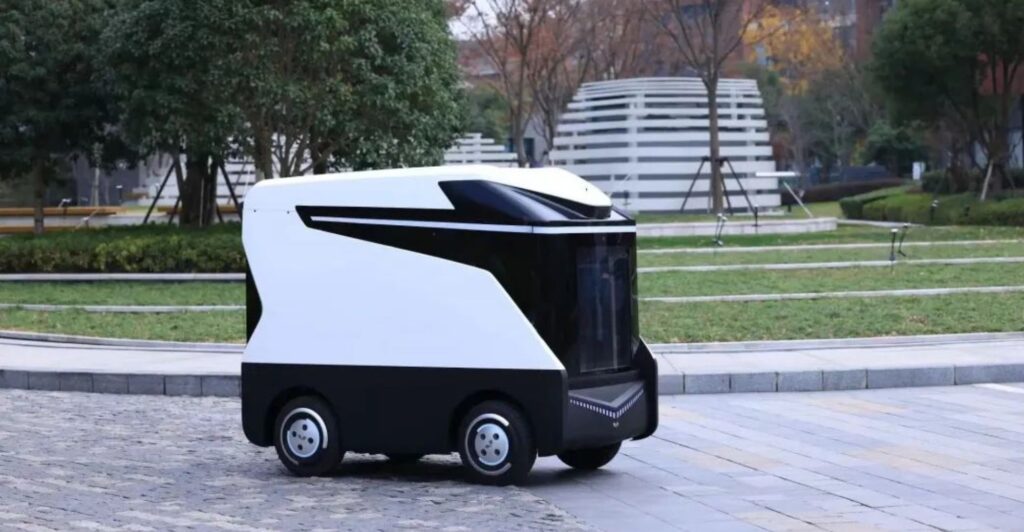
The integration of L4 level intelligent driving capability with a substantial energy capacity positions FlashBot as a versatile solution for commercial applications in enclosed areas. Tang Rui’s emphasis on combining autonomous driving mobility with energy storage reflects a vision for more efficient resource allocation in the context of distributed energy demand and supply.
5. Autonomous driving firm Aurora lays off 3% staff
-
- Aurora Innovation, an autonomous vehicle technology company, has undergone a reorganization and cut 3% of its workforce.
- The company, which had 1,700 employees by the end of 2022, conducted the review to ensure effectiveness as it moves toward a commercial launch.
- Roles impacting 3% of the total workforce were eliminated in the process, according to a statement from Cristopher Barrett, Senior Vice President, People at Aurora.
- Aurora, based in Pittsburgh, went public through a merger with a blank cheque firm in 2021 and is focused on developing technology for self-driving trucks.
- The company has partnerships with Continental AG and Volvo, with plans to deploy its first set of driverless trucks on the streets in the current year.
- Aurora recently finalized the design and architecture of the hardware for the Aurora Driver autonomous driving system, to be produced by Continental in 2027.
- The partnership with Continental is seen as providing Aurora a path to deploy autonomous trucks at scale after the initial driverless launch planned for the end of 2024.
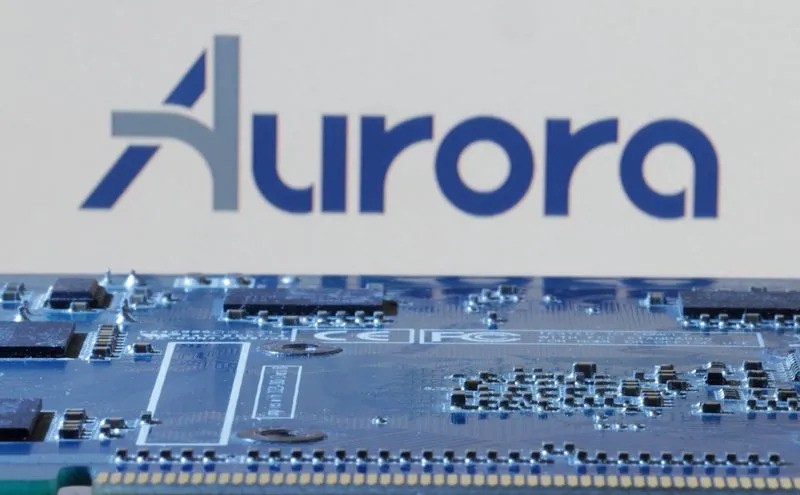
Aurora’s workforce reduction is part of a strategic move as the company prepares for its commercial launch and aims for efficiency in its operations. The ongoing developments and partnerships indicate Aurora’s position in the competitive landscape of autonomous driving technology, with a specific emphasis on the trucking sector.
*Contents above are the opinion of ChatGPT, not an individual nor company

